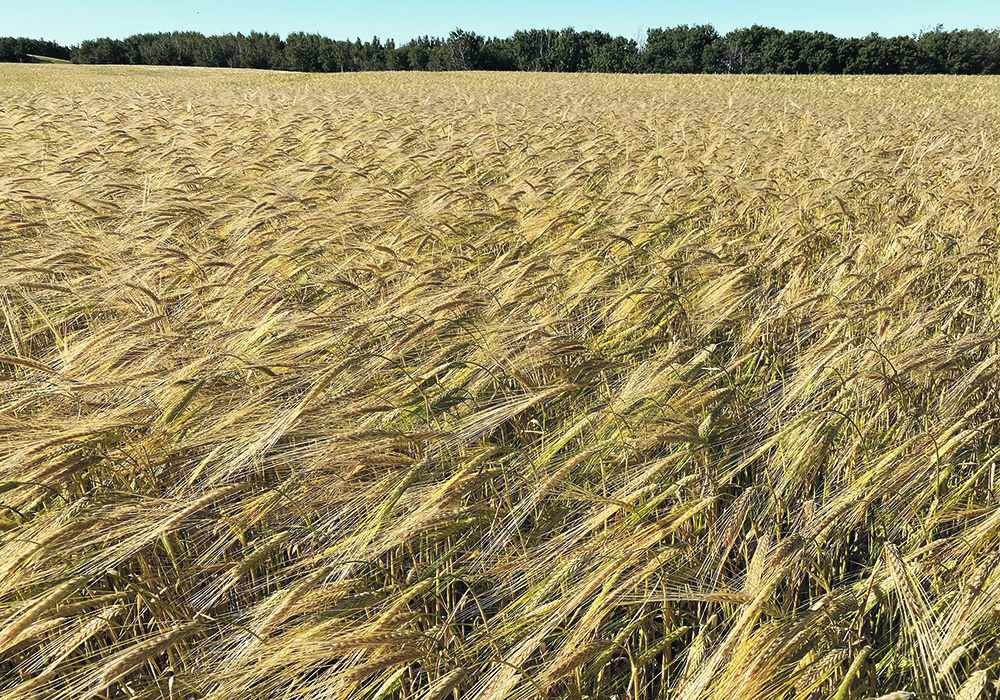Despite what Agriculture Canada is projecting, analysts say crop stocks are too tight to tolerate a seven percent decline
A number of people are casting doubt on Agriculture Canada’s forecast calling for a seven percent reduction in barley acres in 2021.
“What we’re hearing from our growers is, if anything, they might bump up their barley acres a little bit,” said Tom Steve, general manager of Alberta Barley.
“Obviously the price of canola is tantalizing to say the least but I think most people are going to stick to their rotations.”
He said barley is experiencing a bit of a renaissance because it is a cheap crop to grow relative to canola and other crops.
Read Also

Government support for Canadian farmers has plummeted
Subsidies in Canada were 30 per cent of gross farm receipts in 1980s and are now around eight per cent
And feed barley prices have been incredibly strong this year. He recently spoke to a grower north of Calgary who got $6.40 per bushel for his feed barley picked up on the farm for delivery to Lethbridge.
“It’s pretty hard to turn that down. That’s comparable to malting barley prices,” said Steve.
Agriculture Canada is forecasting 7.05 million acres of the crop, a half million acre drop from 2020 levels.
“Strong acreage competition from oilseeds is expected to attract more area than barley, despite good feed barley prices,” it said in its Jan. 25 supply and disposition report.
MarketsFarm analyst Bruce Burnett said the barley market can’t afford to lose that many acres.
“It’s just going to make the feed situation too tight,” he said.
“Something has to happen on the price side to make sure that barley area at worst stays the same.”
Kevin Hursh, a consultant with Hursh Consulting & Communications Inc., had a similar response.
“I think Agriculture Canada has barley wrong,” he said in a recent column he wrote for The Western Producer.
“I think the surge in oilseeds will largely come out of wheat acreage.”
Burnett said the 2021-22 barley supply situation is going to be too tight to tolerate any kind of major drop in acres, especially given what Reuters is reporting.
“China is scooping up millions of tonnes of barley from France and Canada that have yet to be harvested as its appetite for animal feedgrain spills over into orders for next year’s crop,” stated the newswire in a Feb. 3 article.
One trader told Reuters that China has already bought one million tonnes of Canadian new crop barley and another two million tonnes from France, although part of that could be sourced from Ukraine.
Burnett said that makes sense given China’s huge feed deficit and its 80.5 percent tariff on Australian barley.
The United States Department of Agriculture forecasts seven million tonnes of Chinese barley imports in 2020-21.
Helene Duflot, an analyst with Strategie Grains, told Reuters she thinks the volume will be closer to a record 10 million tonnes.
Burnett said new crop barley bids in the Lethbridge area are in the $5.50 to $5.75 range, which is about a $1 per bu. discount to old crop cash prices in that area.
He thinks the new crop price may top $6 per bu. by the time seeding starts, to entice more acres.
Steve said the big unknown in the barley market is what happens to domestic malt demand coming out of the pandemic when bars and restaurants start to fill to capacity again.
The maltsters could be aggressively competing with the feed industry for available supplies of the crop.
















